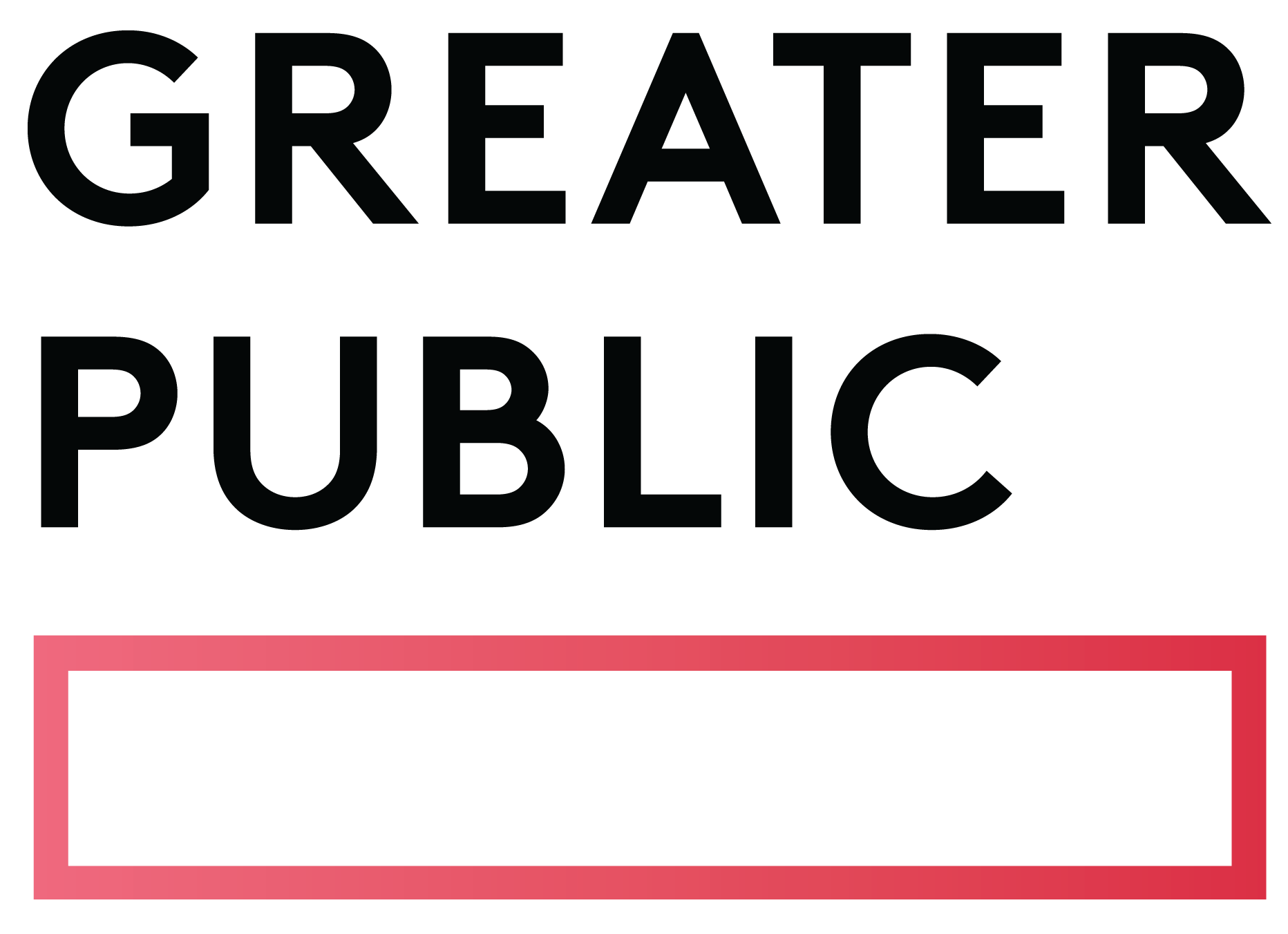Related Articles
Subscribe to the Greater Public newsletter to stay updated.
This site is protected by reCAPTCHA and the Google Privacy Policy and Terms of Service apply.

As public media faces potential federal defunding, securing sustainable philanthropic funding is a critical imperative for your station’s future. One of the most powerful strategies to significantly increase revenue, scale program budgets, and deepen donor relationships is through a well-crafted Major Gift Plan.
But what does building a successful major gift strategy really look like? And how can your station implement this approach to cultivate deeper connections with donors and drive transformational giving?
Let’s explore a practical five-step roadmap to elevate your program.
At its core, a major gift plan is about much more than raising large donations—it’s a strategic framework to:
According to Giving USA, in 2024, 67% of all contributions to nonprofits were from individuals. Major gifts represent a vital pillar in a nonprofit’s funding strategy, often accounting for a significant portion of total revenue. According to Giving USA 2024, in 2023, 67% of all contributions to nonprofits were from individuals. With the right plan, organizations can build long-term relationships that are both financially and emotionally rewarding—for both donors and the mission they support.
A successful major gift plan follows a structured progression known as the Donor Moves Management Cycle. This cycle comprises five essential stages:
Let’s break down each step and examine how it helps build lasting donor engagement.
Everything begins with knowing your donors. Start by identifying individuals who already support your station. Consider the following:
These donors signal affinity, capacity, and propensity — three key indicators of a strong prospect.
Use internal data and work with your marketing or research team to uncover hidden gems in your database. Then, narrow the list down to your Top 10 prospects. Think about who’s most engaged and has the potential to give more deeply.
One way to determine who might be a top prospect is to ask the members in your gift clubs to increase their gift via an appeal or phone-a-thon; for example, “increasing your already generous gift by $5 or $10 a month more, will go a long way in helping us offset these deep cuts…” Those individuals who increased their giving could be an ideal place to pull your top 10 major gift prospects.
*You can, of course, adjust this number to align with your station’s donor giving patterns.
Once you’ve identified your top 10 prospects, it’s time to engage them on a personal level.
This phase is about listening more than pitching. Building trust and rapport early on is crucial. Once you have qualified someone and discovered that they are, in fact, connected to and interested in learning more about your station, move to step 3.
It is important to note that some donors and prospects are just “not that into you!” Please do not take it personal – disqualifying someone is as important as qualifying someone. It often takes multiple attempts to secure a meeting, and roughly ⅔ of your outreach attempts will go unanswered. The cadence for outreach I like to use is below:
Week 1: Phone call immediately followed by an email.
Week 2: Phone call followed by an email starting with something like, “just bringing this to the top of your inbox…”
Week 3: Snail mail letter starting with something like, “I’m sorry we weren’t able to connect…I am here if you ever need anything…” and include your business card.
Week 4: Move your donor/prospect to the disqualification file. I caution you not to forget about this file, but instead to make a note to revisit in a year or two.
Cultivation is where the magic happens. It’s your opportunity to connect prospects with your station in memorable, authentic ways.
Here’s a sample 6-month cultivation timeline:
6 months: Schedule lunch with your CEO or a key board member.
The goal is to tailor experiences that reflect their passions and build emotional investment in your work. Now, it’s time for step 4!
When it’s time to ask for the gift, preparation is everything. Your ask should never be a surprise, especially to the donor!
Start by choosing the right person to make the ask—ideally someone with an existing relationship with the donor (this could be you). The actual conversation might look like this:
This is not just about the money; it’s about helping donors fulfill their philanthropic vision through your organization. If the answer is not now, more cultivation is needed and go back to step 3. When you get your YES, move to step 4.
After the gift is made, your job isn’t done—it’s only just begun. Stewardship is what turns a one-time gift into a lifelong relationship.
Thoughtful stewardship might include:
Long-term stewardship can include annual reports, handwritten holiday cards, and personalized invitations to campaigns or events based on the donor’s preferences.
The question here is: How many ways can you say thank you? The more intentional and heartfelt your follow-up, the stronger the relationship becomes. That said, many organizations have some great ideas – use Google and AI to help you build a successful stewardship plan.
Stewardship is cultivation with a bow and eventually will lead you right back to the solicitation stage for a renewal gift!
Creating a major gift plan might seem daunting at first, but with the right strategy, tools, and team alignment, it becomes an incredibly powerful engine for sustainability and growth through this strange storm. Remember:
Try this approach with your top 10 prospects…and then your next…you’ll be well on your way to building a sustainable major gifts program.

View these related member resources and more with a Greater Public membership:
This site is protected by reCAPTCHA and the Google Privacy Policy and Terms of Service apply.
New to Greater Public? Create an account.
